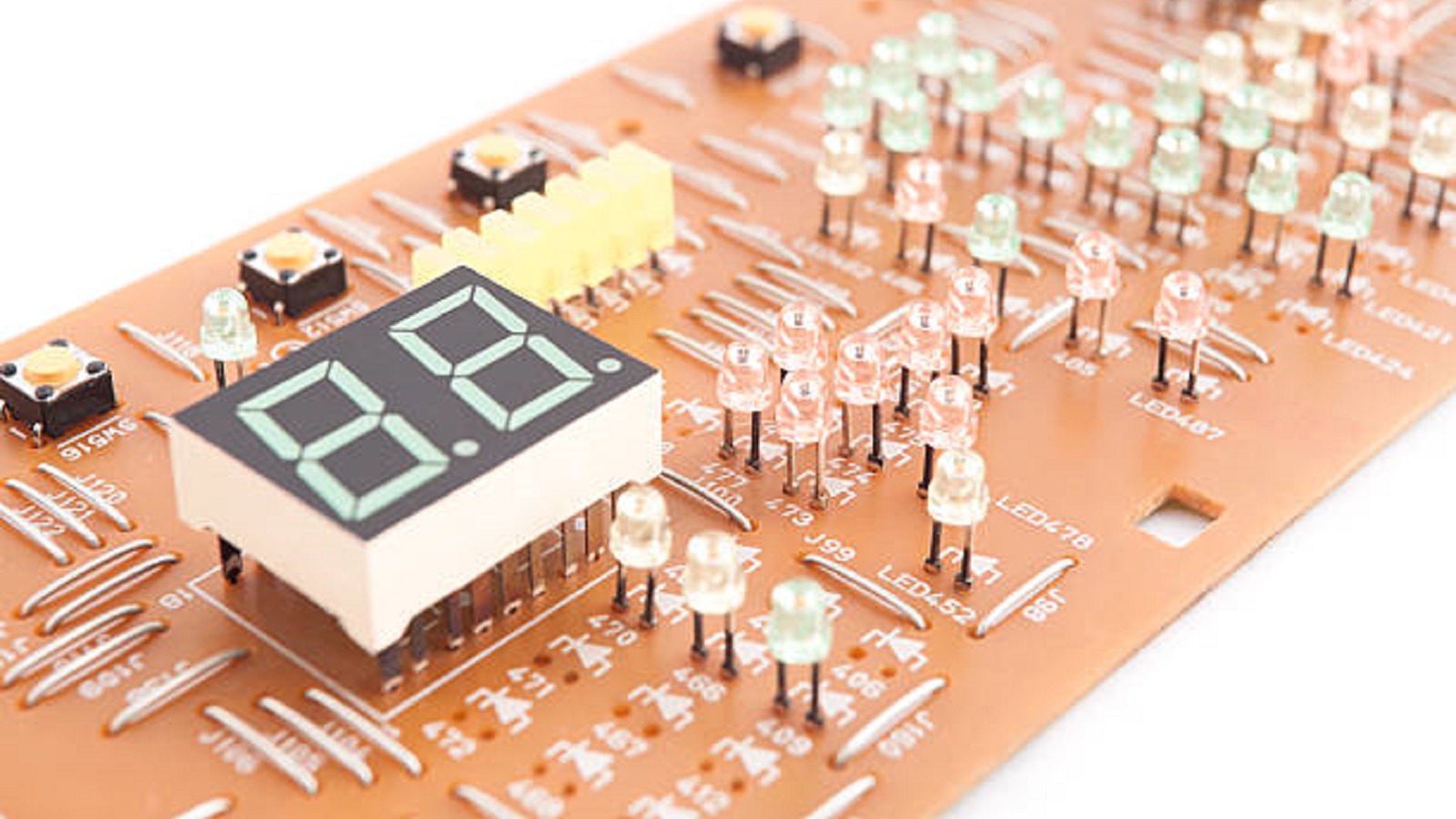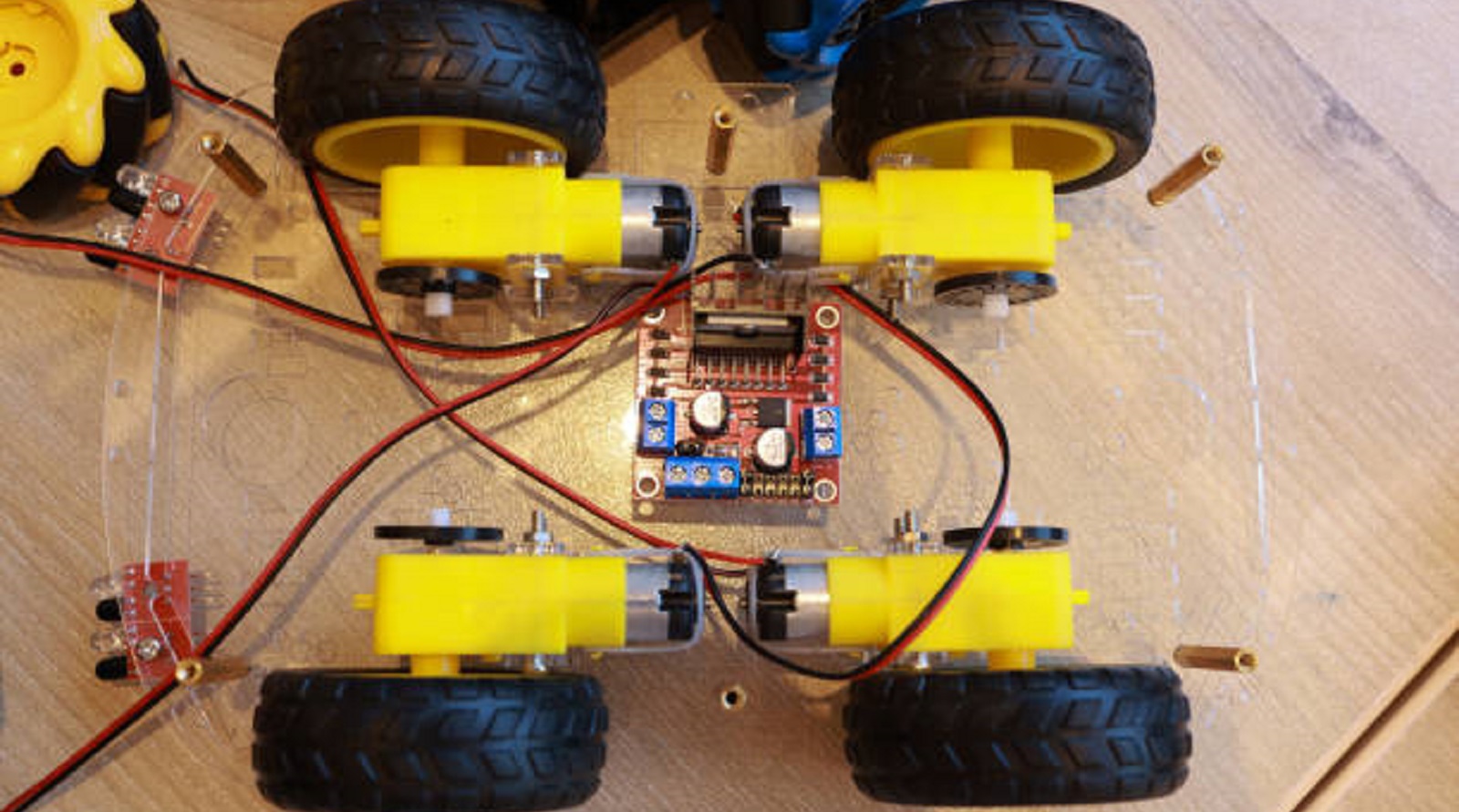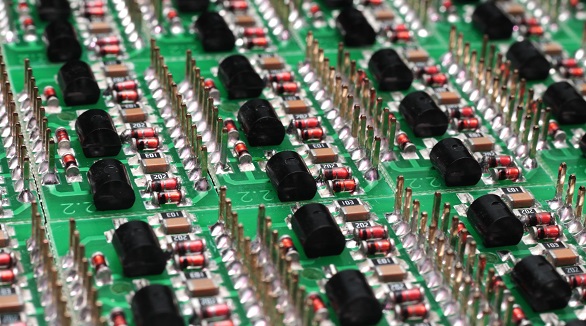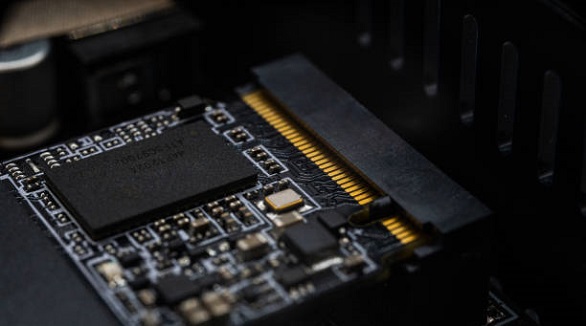Remote Control Circuits
Remote control circuits enable convenient, wireless device management using transmitters and receivers, with versatile applications in electronics and automation.
The technology of remote control has given the face of modern electronics a totally new dimension of convenience and flexibility in managing the devices from a distance with unprecedented ease. At the heart of this technological marvel is a remotely controlled circuit, ingeniously designed to permit flawless communication between a controller and its device. The following article describes the very basics of remote control circuits, along with their applications, and also the components used for them.
The remote control circuits involve complex elements to help in wireless transmission and reception of the signals to actuate any electronic device. A transmitter and a receiver are the two major parts of the entire remote control circuit that, together, convert the manual signal into mechanical action.

Components of Remote Control Circuits
Transmitter Circuit
The transmitter circuitry forms the brain of a remote control system and is used to create and transmit control signals. The main elements involved are:
An encoder, which converts the user inputs into a standardized flow of data to be transmitted.
A modulator, which places the data onto a carrier frequency so that it can travel wirelessly.
An RF or IR emitter, which physically sends the signal out into the environment.
Receiver Circuit
The receiver circuit is located in the device being controlled and picks up and processes incoming signals to initiate the mechanical or electronic action. It consists of:
A demodulator, which has the job of extracting the original data signal from the carrier. A decoder that reads these signals and further converts them into commands that a device can understand.
Actuators, the mechanical components which perform actions like motion or switching power on/off.
Types of Remote Control Circuits
IR Remote Control
IR remote controls use infrared light as a means of transmitting. Most require a line-of-sight and have ranges around 10 meters in maximum range. Radio Frequency RF Remote Control: Taking the advantages of radio waves for broadcast, RF remote controllers could achieve farther ranges and travel through most barriers, unlike their IR counterparts. A part of this technology comes in action in devices ranging from car alarm systems, garage door openers, to even drones.
Bluetooth and Wi-Fi Remote Control
The new intelligent devices employ either Bluetooth or Wi-Fi to implement a more sophisticated remote control. They are integrated with smartphones or smart home environments, which range from lighting systems to security protocols.
Applications of Remote Control Circuits
Remote control circuits are used in many different applications, offering convenience and exact control:
Consumer Electronics
The remote controls in home appliances such as television and air conditioners have been one of the most common and easy ways to operate them.
Industrial Automation
Industrial settings require remote controls to keep operators away from machinery and robotic systems for safety and efficiency.
Home Automation
Remote control circuits are used in smart homes for automation in areas such as light, climate control, and security systems for energy-efficient and safe applications.
Toys and Drones
R/C toys and drones highly involve RF circuits in their maneuvering and the performance of complicated stunts for amusement and recreation.
Medical Equipment
Remote control circuits improve patient care in health care by making the monitoring and operating of medical equipment non-invasive.
Design Considerations for Remote Control Circuits
Several key factors go into designing a successful remote control circuit:
Operational Range and Frequency: When the application allows for it, the designer must optimize the range and frequency of the control signal in order to find the best balance between power consumption and coverage.
Power Consumption: This should be at minimum concerning portable transmitters, maintaining the system's responsiveness and reliability.
Interference and Security: For every design, one should take into account signal interference introducing mechanisms for security against its utilization or control by unauthorized parties.
User Interface: The unit should be ergonomically designed, and operation should be instinctive and smooth.
Case Study: Remote Control Car Circuits
Remote control cars simply epitomize the use of remote control circuits in their working through a number of key components:
Transmitter: The handheld device sending control signals, much like television remote controls.
Receiver: Capturing signals and decoding them into understandable commands that will guide and direct the movement of the car.
Motor: Providing the locomotion, with configurations differing depending upon design requirements.
Circuit Board: the central meeting place of all interactions between the components for receiving and coordinating.
Power Source: Typically battery-driven, supplying the electrical energy needed for operation.
Servo and Speed Controller: These manage steering and speed, adapting to user commands.
By understanding these components and their roles, enthusiasts and professionals can appreciate the precision engineering involved and even develop customized remote control systems.

Remote control circuits are such a perfect blend of engineering and novelty once the dream of every sci-fi movie-to operate any device from distances with ease. These are bound to grow with newer technology and find a broader range of applications, in no small part helping toward more networked and intelligent systems. Undoubtedly, the circuit for remote control will continue to be one of the indispensable parts of modern electronic design, from entertainment and industrial to domestic use.
Hot Tags:
Contact us

If you can't find what you're looking for, please contact us.
Article

10 oz copper PCBs offer high current capacity, improved thermal management, and durability for demanding applications in power electronics, aerospace, and military.

Burn-in boards are vital for testing semiconductor reliability, simulating stress to reveal defects, ensuring high-quality devices before mass production.

Black FR4 PCBs offer aesthetic and functional benefits, including light blocking, heat dissipation, and enhanced signal performance, suitable for electronics.
